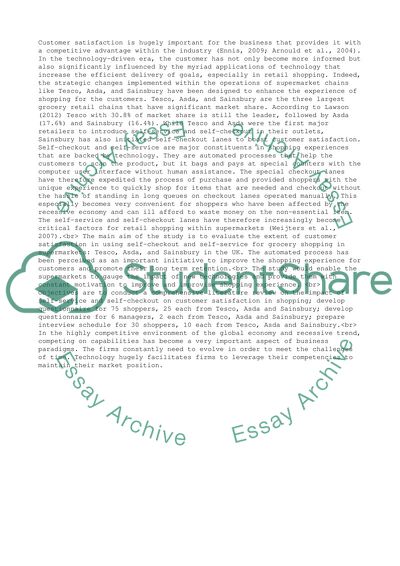Cite this document
(“Customer satisfaction towards self-checkouts at supermarkets and self Essay”, n.d.)
Customer satisfaction towards self-checkouts at supermarkets and self Essay. Retrieved from https://studentshare.org/business/1460913-customer-satisfaction-towards-self-checkouts-at
Customer satisfaction towards self-checkouts at supermarkets and self Essay. Retrieved from https://studentshare.org/business/1460913-customer-satisfaction-towards-self-checkouts-at
(Customer Satisfaction towards Self-Checkouts at Supermarkets and Self Essay)
Customer Satisfaction towards Self-Checkouts at Supermarkets and Self Essay. https://studentshare.org/business/1460913-customer-satisfaction-towards-self-checkouts-at.
Customer Satisfaction towards Self-Checkouts at Supermarkets and Self Essay. https://studentshare.org/business/1460913-customer-satisfaction-towards-self-checkouts-at.
“Customer Satisfaction towards Self-Checkouts at Supermarkets and Self Essay”, n.d. https://studentshare.org/business/1460913-customer-satisfaction-towards-self-checkouts-at.


